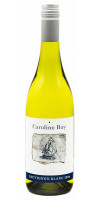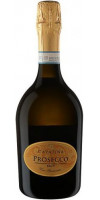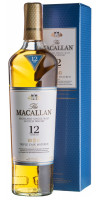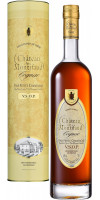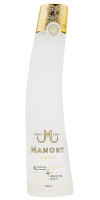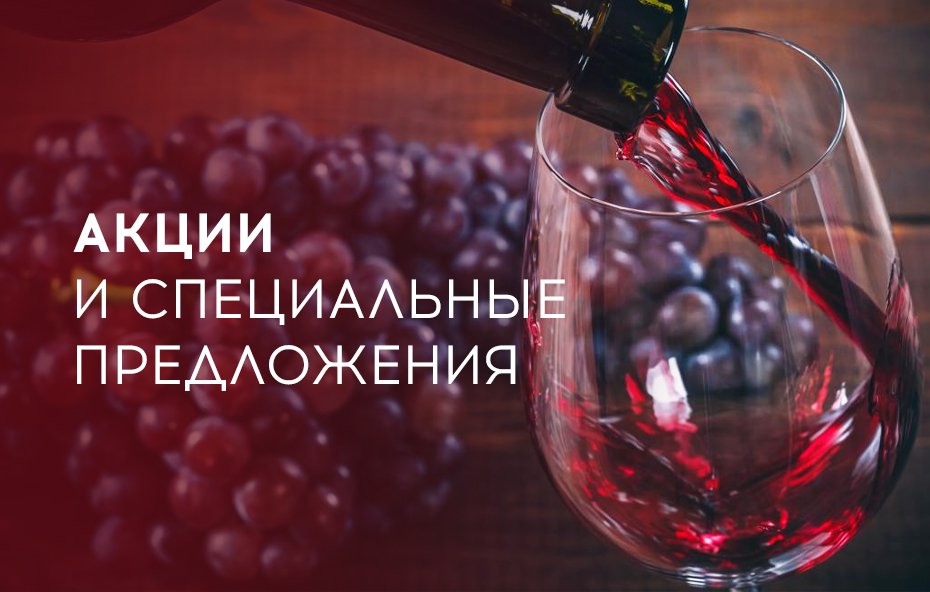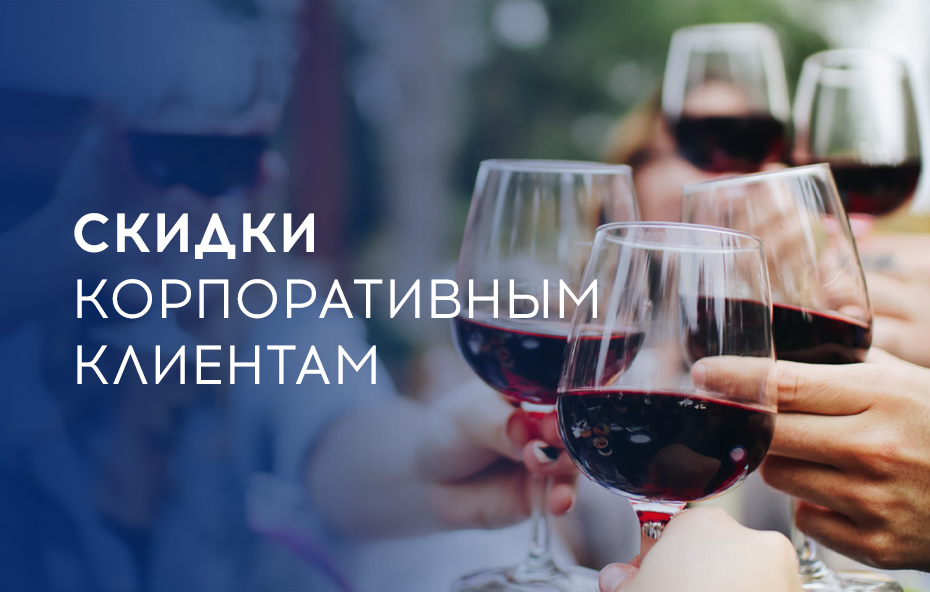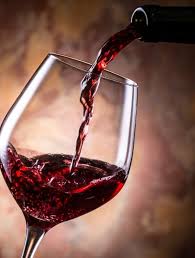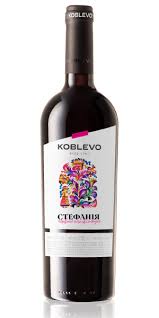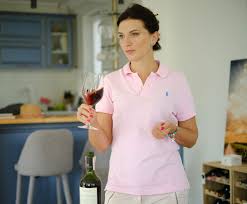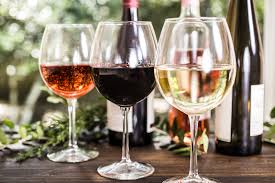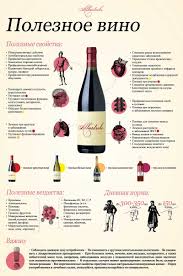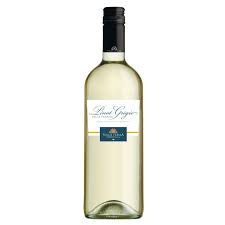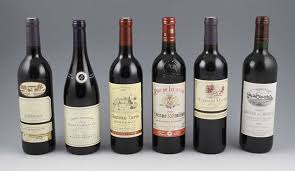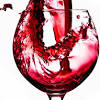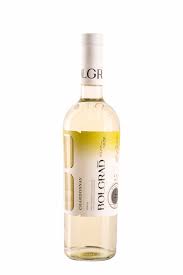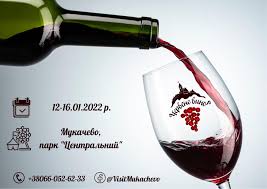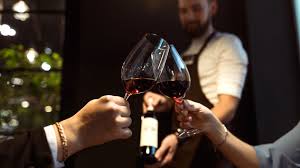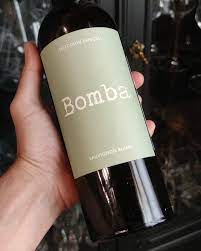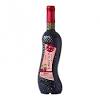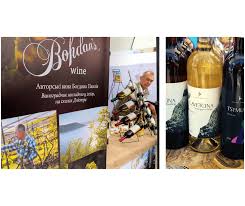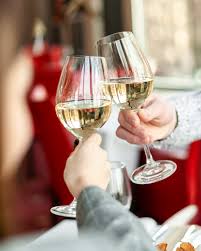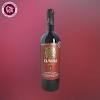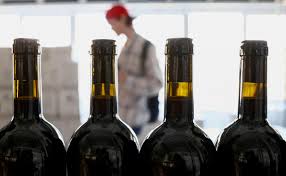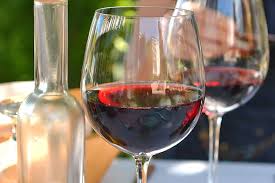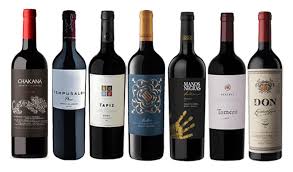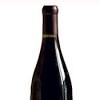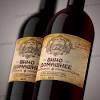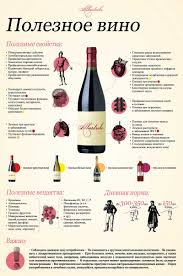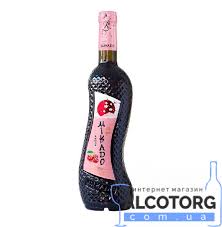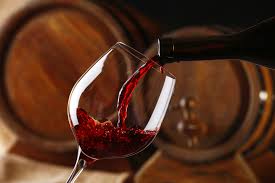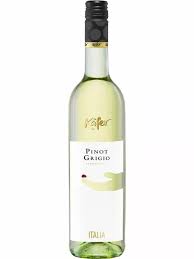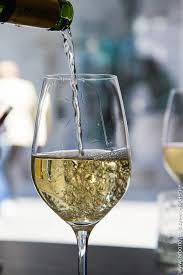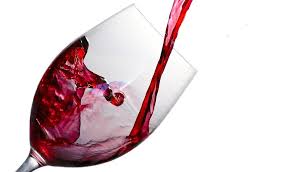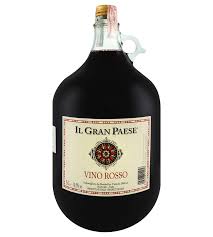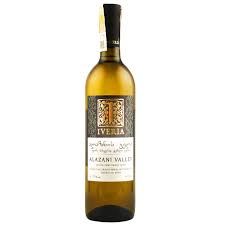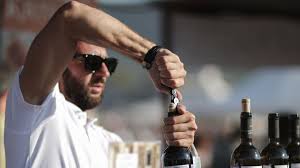
Спасибо за регистрацию в WineRow!
Вы будете уведомлены по электронной почте, как только Ваш Личный Кабинет будет активирован администрацией магазина.
Если у Вас есть какие-то вопросы, пожалуйста напишите нам.
Вы вышли из Личного Кабинета.
Ваша корзина покупок была сохранена. Она будет восстановлена при следующем входе в Ваш Личный Кабинет.
вине урожаи 2016 падже=8 гтмл
Совершенно уж датой датой появления на свет пузыристые вина традиционно считается 1668-й, когда Годино, аббат-каноник из Реймского собора, описывает в церковной книге «напиток с легкой окраской, почти белый, насыщенный газами». Через пару десятков лет страна уже переживала настоящий бум игристого. Шампанское во Франции входит в моду, позволяющую усовершенствовать производство и улучшить технологию. И кстати, вполне реально, что игристое явилось волею случая. Винокур древности также были известны характеристики некоторых вин, что, перебродив, по весне снова начинают брожение, а в емкостях образуются газы. Такие свойства традиционно считали побочным эффектом при виноделии и не придавали этому большого значения. Напротив, даже считали следствием не слишком качественного труда винокур. Но во второй половине 17 века ситуация изменилась. И вино, произведенное во французских аббатствах, стало очень популярным. А талантливые и изобретательные виноделы, такие как Дом Периньон и Удар, создавали и совершенствовали технологии производств для игристого вина. сорти вин Популярно было красное вино, однако среди лучших изысканных вин присутствуют и белые – цекубское и фалернское. По вкусу римлянам было сладкое вино – vinum dulce Некоторые хозяйства производили praedulce (особенно сладкое вино). Римляне знали, как приготовить из темного вина более светлое благодаря хранению. Вино, якого немає Історія світового виноробства, по крайней мере доведена археологічно, налічує приблизно сім тисяч років. В реальності воно, звичайно, більш давнє, хоча ми можемо тільки здогадуватися наскільки. Важливо інше: протягом тисячоліть люди робили вино більш-менш однаково. Зміни відбувалися повільно і були вкрай незначними. Різкий стрибок стався лише в епоху Нового часу, коли на службу виноробству були поставлені сучасні технології і наука. Завдяки цій обставині останні 200 років ми п’ємо зовсім інші вина. «Лента.ру» з’ясовувала подробиці того, що кануло в Лету. Новітні дослідження говорять про те, що батьківщиною світового виноробства слід вважати Великий Кавказ, а найдавніший з виявлених винних погребів знаходиться на території нинішнього Західного Ірану і датується періодом між 5400 і 5000 роками до н.е. Протягом наступних століть лоза повільно, але вірно поширювалася на захід, а виноград і, відповідно, вино стали найважливішою частиною культури багатьох народів від Каспію до Гібралтару. Цінність лози полягала в тому, що вона досить невибаглива, росла на мізерних грунтах, не вимагала спеціального догляду. При цьому давала багатий цукрами, вітамінами і мікроелементами продукт, який ще й піддавався природної консервації: ягоди можна було висушувати і отримувати солодкий родзинки, а сік – зброджувати і зберігати довгі місяці у вигляді вина. У давнину вино мало велику цінність, як і всі інші продукти консервації: сир, в’ялене м’ясо, оцет, сушена риба, сухофрукти. Жоден інший напій в світі не викликає стільки суперечок і пересудів. Практично кожна країна стверджує, що саме вона є батьківщиною заграв виноградного соку, а ті, хто не претендує на пальму першості, вважають, що тільки вони вміють робити «справжнє» вино. Археологи не можуть дати однозначну відповідь на питання «хто, де і коли винайшов вино?». Очевидно, що вже 8-10 тисяч років тому люди знали культурний виноград Vitis Vinifera, їли його плоди і пили його сік. По крайней мере, збереглися черепки глиняного посуду з залишками винного напою, а перші графічні і текстуальні свідоцтва існування вина датуються 4 тисячоліттям до нашої ери. Етимологія назви. За однією з версій сучасне слово «вино» родинно грузинському «ghvivill» – «цвісти, бродити». Фасмер (відомий німецький мовознавець українського походження), однак, простежує спільне коріння зі слов’янським «вити», а деякі дослідники навіть стверджують, що в основі терміна лежить санскритський корінь «vena» – «улюблений».
По мне пьётся тяжело, наверное, надо разбавлять льдом или водой. ...
Дмитрий 07.01.2021
Лучший двенадцатилетний виски. Вкус мягкий, с приятной, не приторной сладостью. ...
Андрей 12.10.2022
Хорошее сбалансированное и зрелое вино с приятными нотами ванили и шоколада в бу ...
Маша 08.08.2022
Виски – крепкий алкогольный напиток с собственным характером. В составе присутствуют спирты ячменя, пшеницы или ржи. Производят также виски из кукурузы. Разнообразие видов и сортов огромное, так что в нем не трудно потеряться
ЧитатьСегодня в мире существует 4500 сортов красного вина, что предполагает невообразимое множество вкусов, ароматов и волшебное сочетание нот композиций
Каждый год 4 августа отмечают день рождения шампанского. В этот праздник принято открывать бутылку хорошего игристого и не спеша наслаждаться напитком
ЧитатьМясная гастрономия очень разнообразна. Она не только включает в себя виды основного продукта, но и сотни блюд
ЧитатьЧасто бывает, что в бутылке остается недопитое вино. Конечно, возникает логичная мысль – поставить его в холодильник, чтобы сохранить до следующего повода. Однако...
ЧитатьМногие любители крепких напитков уверены, что виски или скотч нужно пить без закуски, не перебивая вкус напитка продуктами.
Читать
